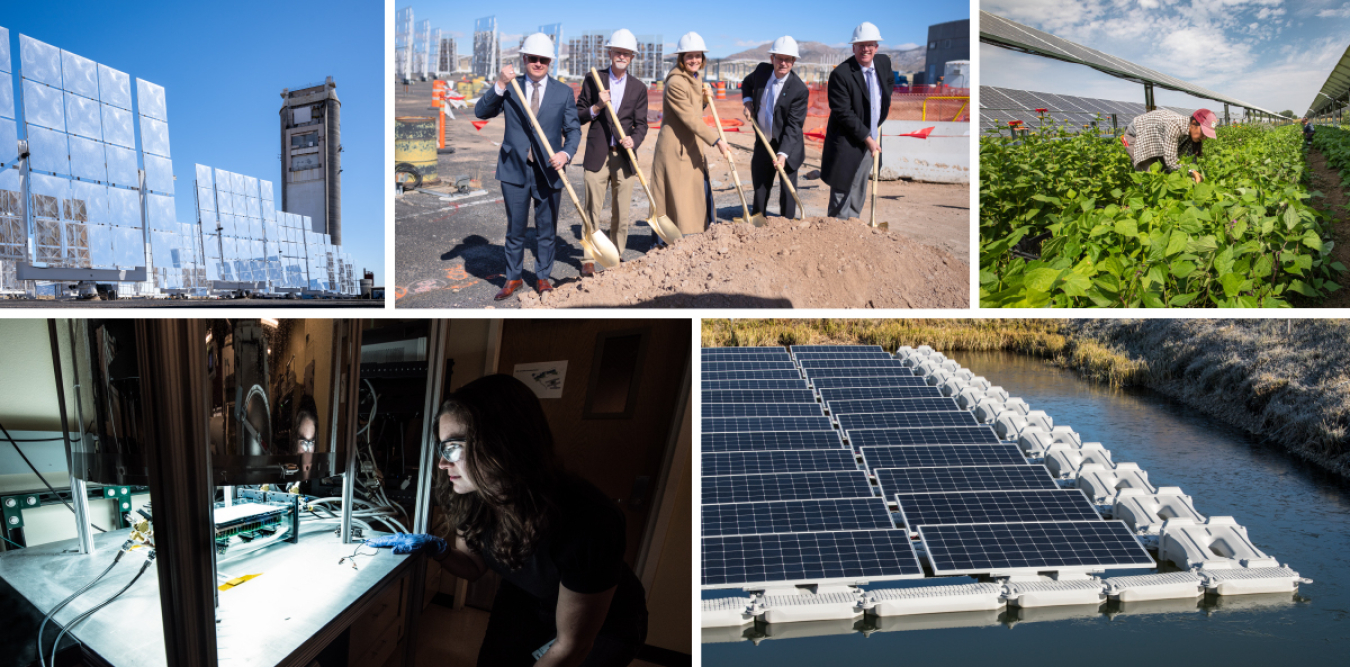
Starting from top left, moving clockwise: Heliostats; Gen3 Concentrating Solar Power pilot facility groundbreaking; Harvesting beans at Jack's Solar Garden in Longmont, CO; A floating PV array at a water treatment facility in Walden, CO; Researcher tests the durability of solar devices at the National Renewable Energy Laboratory (NREL). Photos by NREL
Follow along with the Connect the Dots Campaign
Check out the other campaign themes:
Over the past 35 years, the U.S. Department of Energy (DOE) Solar Energy Technologies Office’s (SETO) awardees achieved nearly half of all solar cell efficiency world records and have created hundreds of companies, pushing the boundaries of innovation and bringing new products and services to the market. These innovations have led to the steep decline in solar costs and have streamlined how consumers go solar, how regulators design rules and programs, and how utilities and grid operators manage electricity. Innovations in the solar energy, whether technological advancements, new and updated policy, or streamlined processes, have benefits that reach every American. SETO is doing its part to drive progress through funding opportunities, the work of national laboratories, and the many programs and initiatives in each of the office’s seven research areas.
Benefits of Solar Innovation
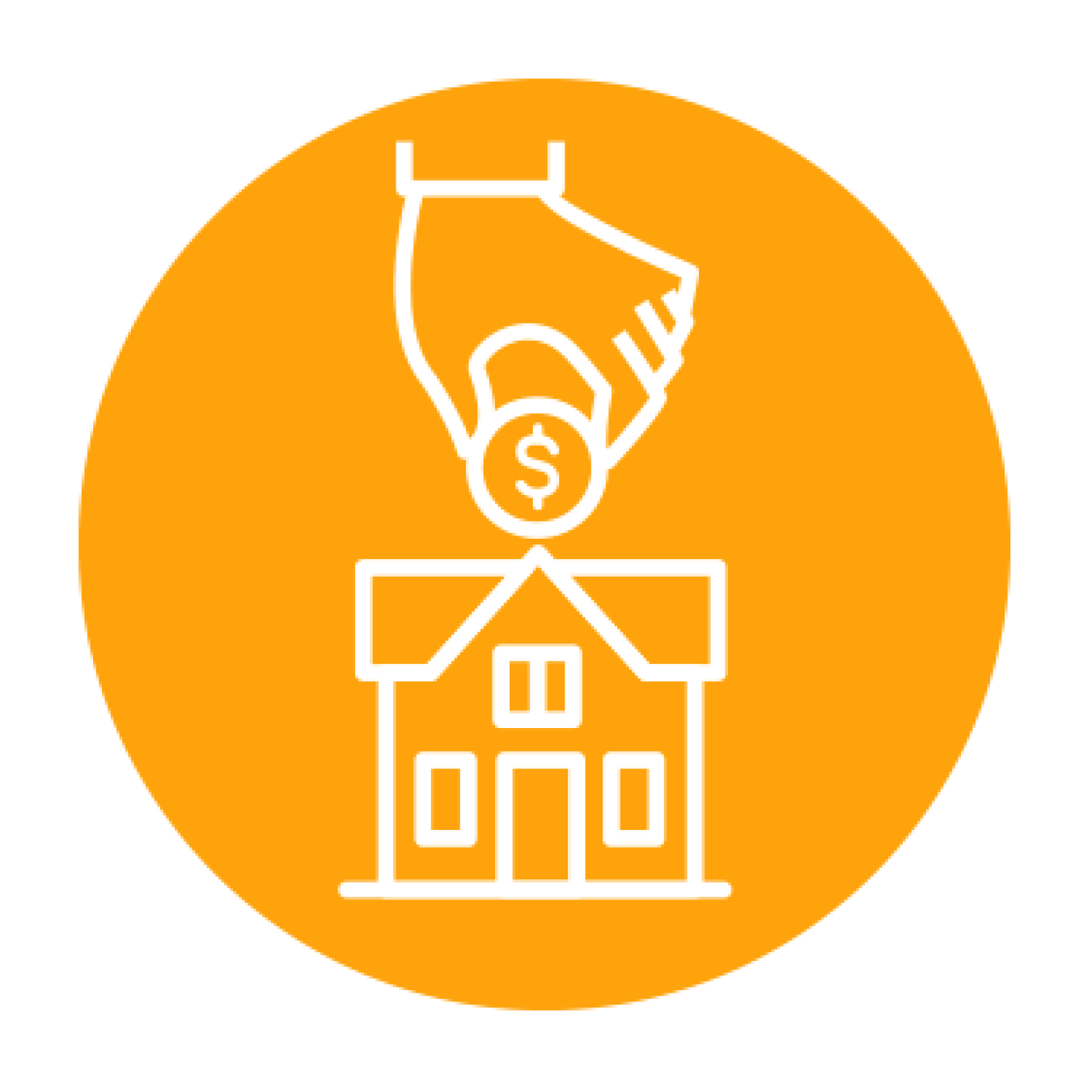
Household Savings
SETO’s investments in photovoltaic (PV) technologies have helped make solar panels more efficient, cost-effective, and durable, helping households save money with solar energy. SETO funds research to maximize the amount of electricity generated over the course of a PV module’s lifetime, making rooftop solar more effective at generating power and therefore a more worthwhile investment. As solar panels have become more efficient, they also have become more durable. SETO programs like the Durable Module Materials Consortium (DuraMAT) are hastening the development and deployment of strong, high-performance PV materials that lower the cost of electricity generated by solar power and extend solar panel lifetimes. Additionally, SETO-funded researchers are ensuring that PV materials can withstand decades of wind exposure, precipitation, extreme temperatures, and other intense conditions, so solar panels can keep generating affordable electricity for households.
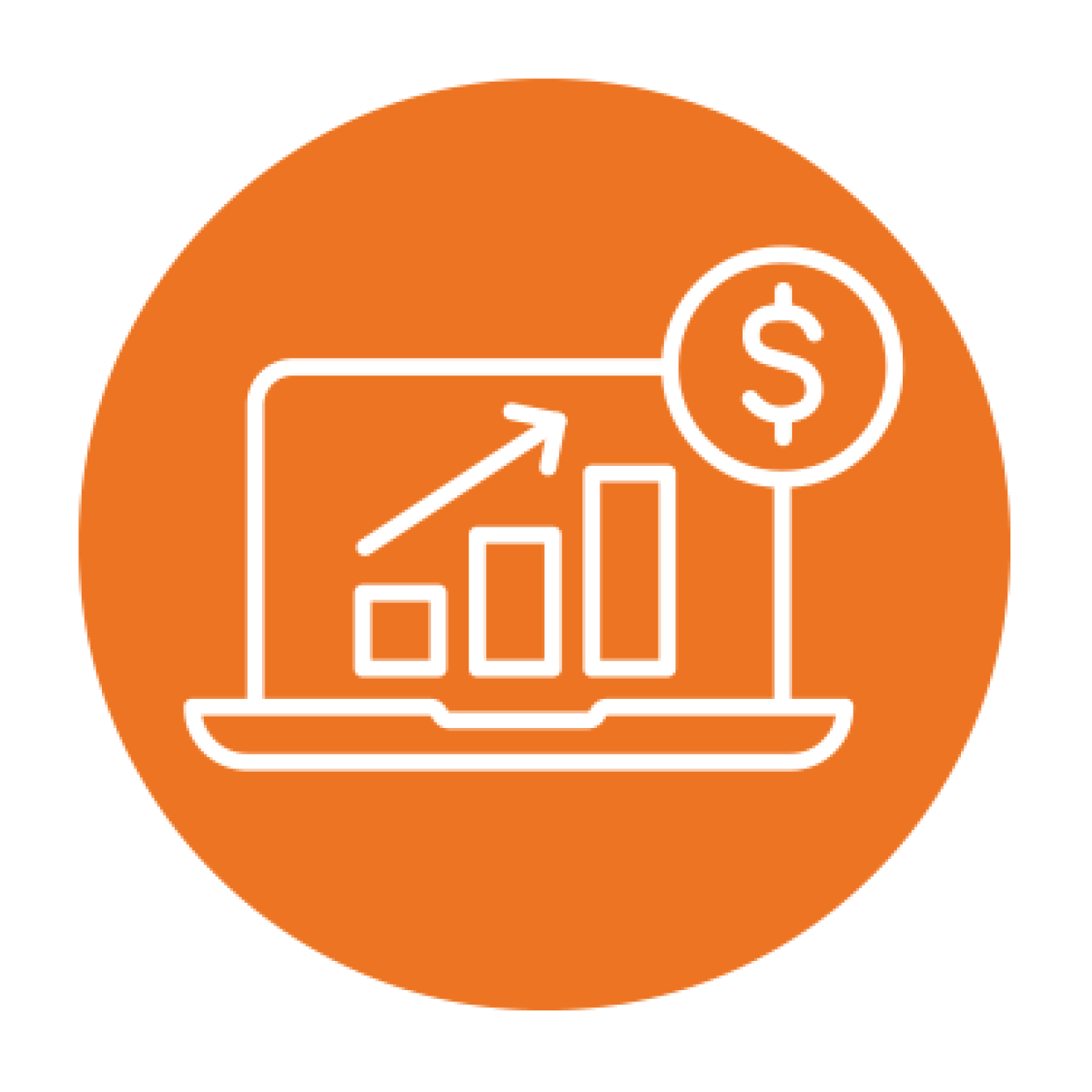
Economic Opportunities
SETO’s investments in solar energy innovation support economic growth by providing innovators with the seed money needed to launch successful businesses that generate economic opportunities. Funding opportunities, such as SETO’s Incubator program and Small Business Innovation Research and Small Business Technology Transfer (SBIR/STTR) program, have invested hundreds of millions of dollars in startup technologies, which have generated nearly $11 billion in follow-on investments. SETO’s American-Made Solar Prize has helped many innovators reach their goals and build momentum in the solar market. In total, American-Made Challenges have distributed more than $100 million in cash prizes that help transform innovative ideas into thriving businesses that grow and modernize the solar industry while generating economic opportunities for individuals and communities.
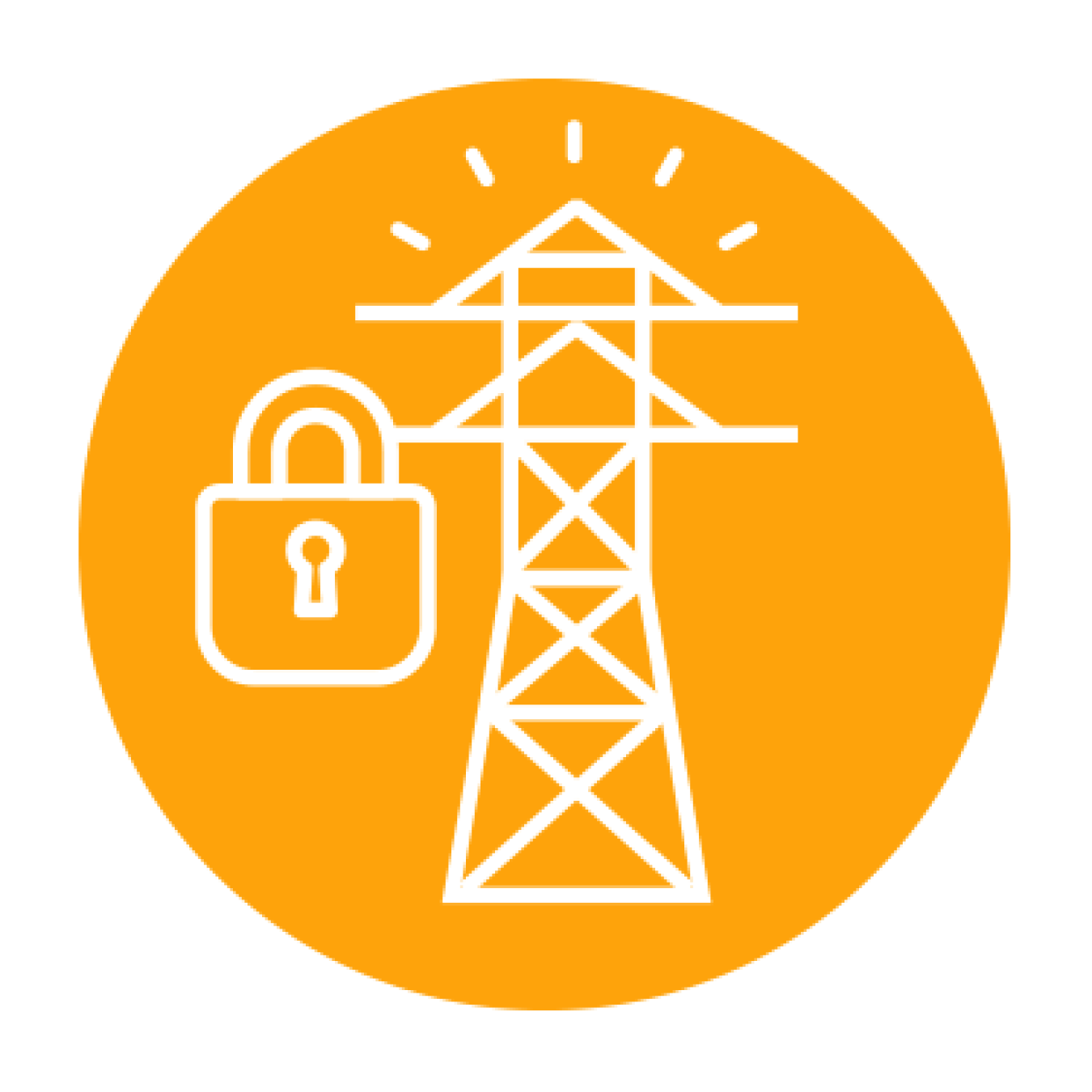
Grid Resilience and Reliability
Years of SETO-funded research and development efforts with universities and national laboratories have generated foundational knowledge from which many modern innovations are developed. SETO collaborations are giving us a better understanding of how to use solar technologies in a safe, reliable, and cost effective way while awardees, such as Fend Incorporated and Operant Networks, are helping to protect the U.S. grid from hacks while incorporating distributed energy resources (DERs) into the system.
Solar-plus-storage innovations stabilize the grid with energy reserves that help utilities accommodate peak energy demand and maintain power in the case of grid interruptions. Hardware innovations, like Quest Renewables’ (2020 Phase II), are making solar energy systems more resilient to natural disasters to provide regions impacted by intensifying weather patterns with a consistent clean power source. SETO’s investments in solar energy innovations are helping to secure the power grid and keep the lights on across the country.

Owning your Power Production
Solar energy innovations are working to make technologies cost-effective, affordable, and accessible to more people. Not everyone can install rooftop solar, which is why SETO funds innovations like Gismo Power’s (2022 Phase I). It gives people the opportunity to own their power production regardless of the roof over their head. SETO awardee, Sun Number, partnered with real estate company Zillow, making it that much easier for homeowners and prospective buyers to begin the journey of owning their power production with residential rooftop solar.
Building-Integrated PV (BIPV) innovations are also helping expand options for Americans. SETO awardees Toledo Solar and Other Lab (2021 Phase I) are driving innovations in U.S. BIPV manufacturing with low-cost, high-efficiency solar windows, facades, rooftop modules, and specialized roofing panels that reduce installation and contractor costs.
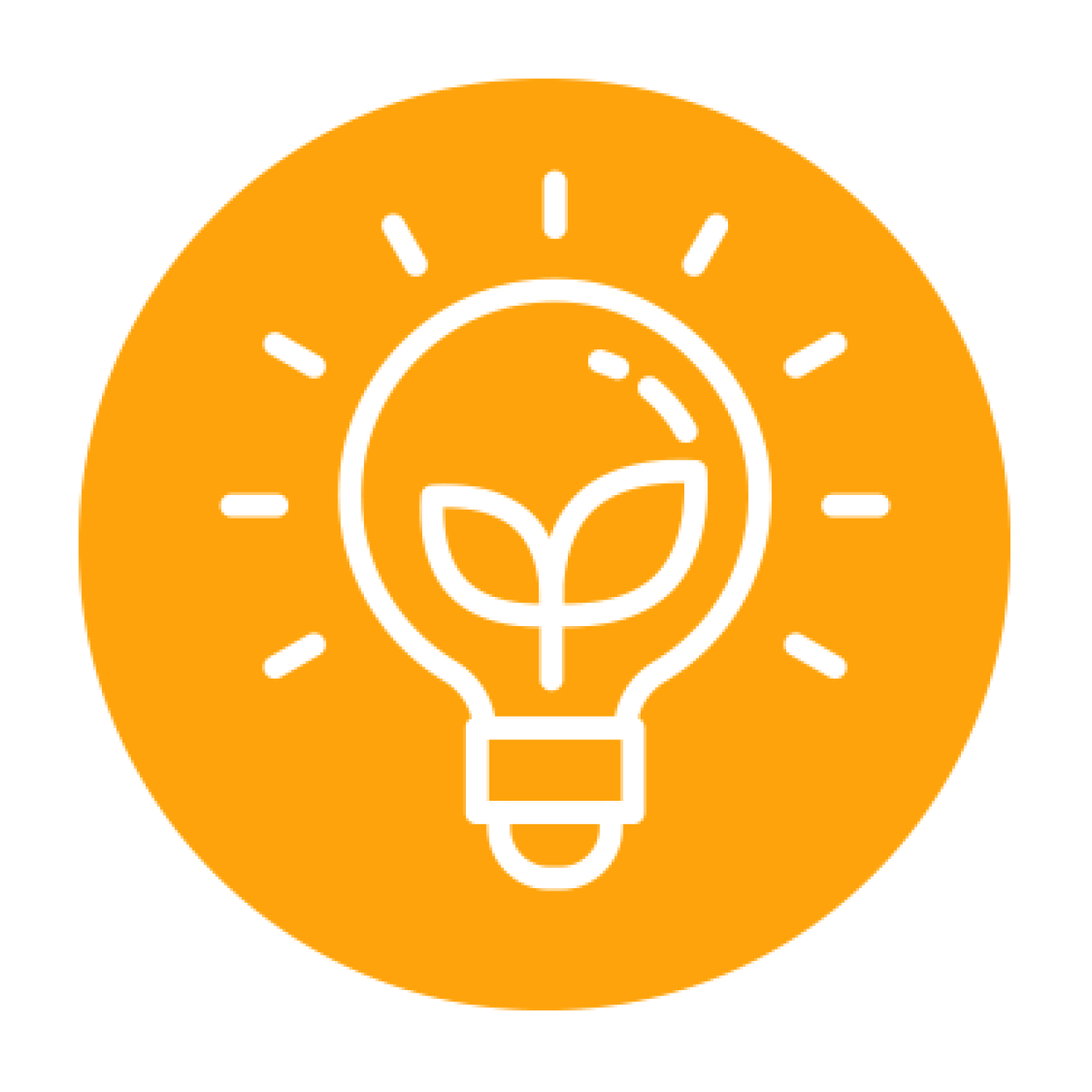
Environment
SETO funds research to develop new materials and designs that can make PV products longer-lasting, less energy-intensive to produce, and easier to recycle. SETO’s investments in PV end-of-life management led to the development of a Photovoltaics End-Of-Life Action Plan that outlines a five-year strategy to establish safe, responsible, and economic practices for solar module and system component waste.
SETO also supports innovative projects that help build pollinator-friendly ecosystems under and around solar arrays. Other SETO programs, such as Innovative Solar Practices Integrated with Rural Economies and Ecosystems (InSPIRE), Foundational Agrivoltaic Research for Megawatt Scale (FARMS), and Photovoltaic Stormwater Management Research and Testing (PV-SMaRT) are funding innovations that improve the mutual benefits of solar development with wildlife and agriculture while mitigating the impact of solar systems on ecosystems.
What’s Happening with Solar Innovation at SETO?
- Request for Information: Solar-thermal Fuels and Thermal Energy Storage via Concentrating Solar-thermal Energy
- PV Research and Development Funding Program FY22
- Solar Manufacturing Incubator Funding Program FY22
- SBIR/STTR FY 2023 Phase I Release 2
- American-Made Challenges
DOE Efforts in this Space
- SBIR/STTR Program
- Funding Opportunities
- Solar Business Support
- Solar and Agriculture
- Solar Energy, Wildlife, and the Environment
- Solar Energy Research Areas
- Shining Progress on the Path to Solar Energy Storage
- National Lab Achieves World’s Most Accurate Silicon Module Performance Measurements
Resources
- Success Story—American-Made Solar Prize Winners: Where Are They Now?
- Solar Energy Research Database
- Solar Small Business and Entrepreneurial Support
- American-Made Network: Launching Innovations
- How to Apply for a Funding Opportunity Announcement (FOA)
- Solar Energy Technologies Office Multi-Year Program Plan
- Solar Futures Study
Get Involved
Follow along with our Connect the Dots content on social media and join the conversation using the hashtag #ConnectSolar and sign up for our newsletter below for updates throughout the year.

